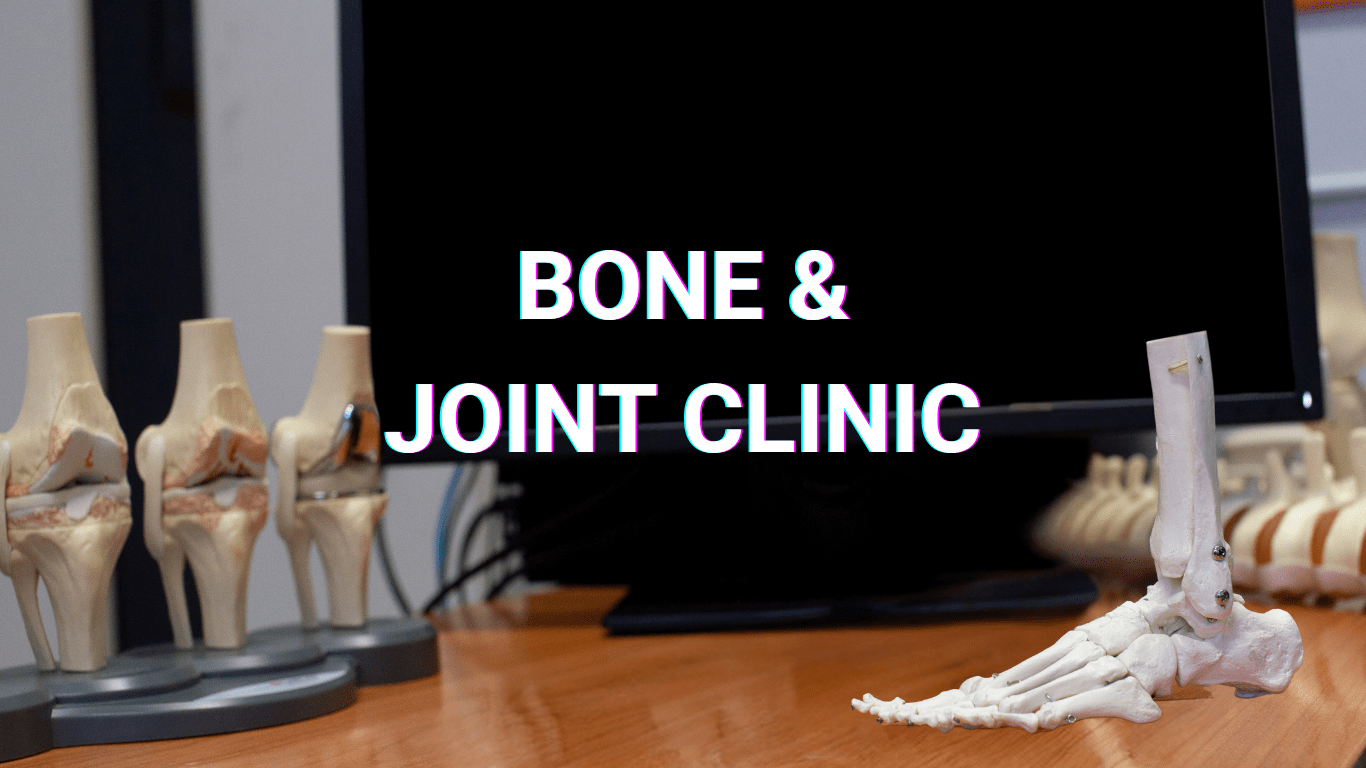Trauma Surgery

Trauma surgery is a specialized branch of surgery that focuses on the management and treatment of traumatic injuries, typically those resulting from accidents, falls, violence, or other unforeseen events. Trauma surgeons are highly trained professionals who work in fast-paced, high-pressure environments, such as emergency departments and trauma centers, to stabilize and treat patients with severe injuries
Types of Trauma Surgery
- Blunt Trauma Surgery: This involves treating injuries caused by blunt force trauma, such as motor vehicle accidents, falls, and sports-related injuries. Common procedures include surgery for fractures, head injuries, and abdominal trauma.
- Penetrating Trauma Surgery: Penetrating trauma is often caused by gunshot wounds, stabbings, or impalement injuries. Surgeons in this category focus on repairing damaged organs, blood vessels, and addressing complications like infection and bleeding.
- Burn Surgery: Burn injuries can result from various sources, including fires, chemicals, and hot liquids. Burn surgeons treat these injuries through surgical intervention, skin grafts, and wound care.
- Orthopedic Trauma Surgery: Orthopedic trauma surgeons specialize in the treatment of bone fractures and injuries to the musculoskeletal system, often resulting from accidents or falls.
- Neurosurgery: Neurosurgeons may be involved in treating traumatic brain injuries (TBIs), which can have long-lasting effects on a patient’s cognitive and motor functions.
- Maxillofacial Surgery: Trauma to the face and jaw often requires maxillofacial surgery to repair fractures and restore normal function and appearance.
- Thoracic Surgery: In cases of traumatic chest injuries, thoracic surgeons may need to perform procedures to treat collapsed lungs, damaged blood vessels, or other thoracic organ injuries.
- Vascular Surgery: Traumatic injuries to blood vessels may require vascular surgery to repair or replace damaged vessels and prevent life-threatening bleeding.
Trauma Treatment
- Primary Survey: Trauma surgeons conduct a primary survey to identify and address immediate life-threatening issues. They follow the ABCDE approach: Airway, Breathing, Circulation, Disability, and Exposure.
- Resuscitation: Patients are stabilized with the administration of intravenous fluids, blood products, and medications to maintain vital signs.
- Diagnostic Imaging: X-rays, CT scans, and other imaging modalities help identify the extent of injuries and guide treatment decisions.
- Surgical Intervention: Trauma surgeons perform surgeries to repair or remove damaged tissues, control bleeding, and prevent complications.
- Critical Care: In some cases, trauma patients require intensive care unit (ICU) management for close monitoring of vital signs and organ function
Risks and complications
Infection: Infection is a risk in any surgical procedure, including trauma surgery. Despite strict sterile techniques, there is always a chance that bacteria can enter the surgical site, potentially leading to wound infections or more severe systemic infections.
Bleeding: Trauma surgery often involves dealing with significant bleeding, which can be life-threatening. Surgeons work to control bleeding during the procedure, but excessive blood loss can lead to complications, including shock.
Organ Damage: Trauma surgeries frequently address injuries to vital organs. There is a risk of unintentional damage to nearby structures during surgical repair or removal, which can necessitate additional procedures.
Anesthesia Risks: The administration of anesthesia carries risks, including adverse reactions, allergic responses, and complications such as respiratory problems or cardiovascular issues. Anesthesia risks are typically managed by skilled anesthesiologists.
Scarring: Surgical incisions can result in noticeable scars, and their appearance may vary depending on factors such as the location of the incision and the patient’s healing process
Recovery and Rehabilitation
Immediate Post-Surgery: The initial recovery period immediately following trauma surgery typically takes place in a hospital setting. This phase focuses on monitoring the patient’s vital signs, pain management, and addressing any immediate postoperative complications.
Wound Care: Proper wound care is essential to prevent infection and promote healing. Surgical incisions, graft sites, or other wound areas need to be kept clean and monitored for signs of infection.
Physical Therapy: Physical therapists play a crucial role in rehabilitation by helping patients regain strength, mobility, and function. The specific exercises and interventions vary depending on the type of injury and surgery.
Occupational Therapy: For patients with complex injuries affecting daily activities, occupational therapists provide training and strategies to regain independence in daily tasks such as dressing, grooming, and cooking.
Psychological Support: Trauma patients often experience emotional and psychological trauma as well. Mental health professionals can provide counseling and support to address post-traumatic stress, anxiety, depression, and other emotional issues.
Medication Management: Some patients may require medications for pain management, preventing infection, or managing chronic conditions related to their injury.
Follow-Up Care: Patients typically have follow-up appointments with their trauma surgeon and other specialists to monitor their progress, address any issues, and make adjustments to the treatment plan as needed.
Long-term Outcomes
Functional Recovery: The extent of functional recovery can vary. Some patients may regain near-normal or full function, while others may have persistent limitations, particularly in cases of severe injuries.
Pain Management: Patients may continue to experience chronic pain, which can impact their quality of life. Pain management strategies may include medications, physical therapy, and, in some cases, interventions like nerve blocks or surgical revisions.
Quality of Life: Trauma surgery outcomes can significantly affect a patient’s overall quality of life. This encompasses physical, emotional, and social well-being.
Disability and Adaptation: Patients with long-term physical limitations may need to adapt their lifestyle and living environment to accommodate their needs. This can involve home modifications, assistive devices, and adaptive technology.
Psychological Well-Being: Traumatic injuries and the experience of surgery can have a lasting impact on mental health. Many patients benefit from ongoing psychological support and counseling.
Return to Work and Daily Life: The ability to return to work or resume daily activities can vary. Some patients may require vocational rehabilitation or job retraining to reintegrate into the workforce.
Complications: In some cases, long-term complications can arise, such as infection, chronic pain, or issues related to implants or grafts used in surgery. These may require ongoing medical care.

